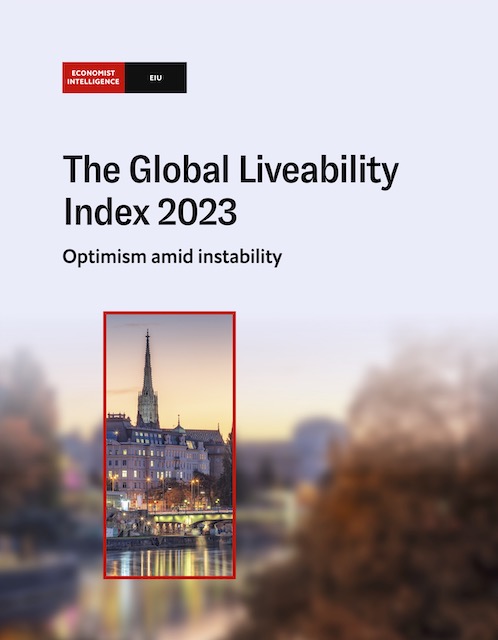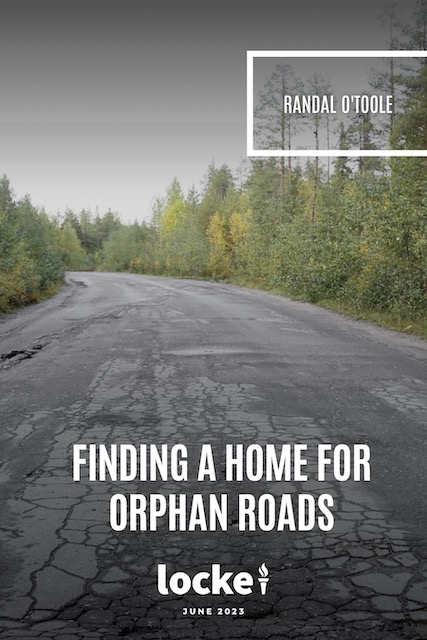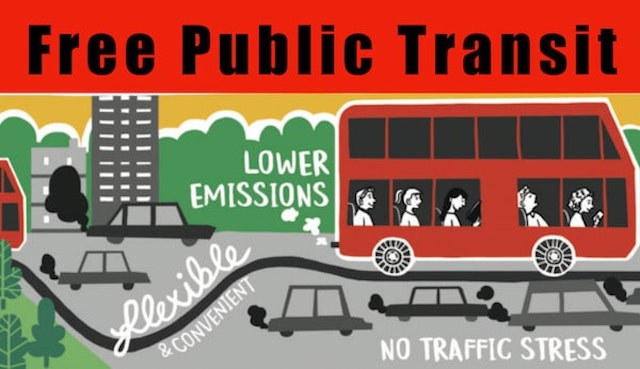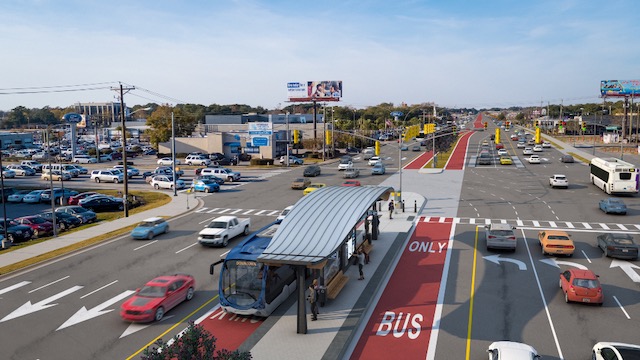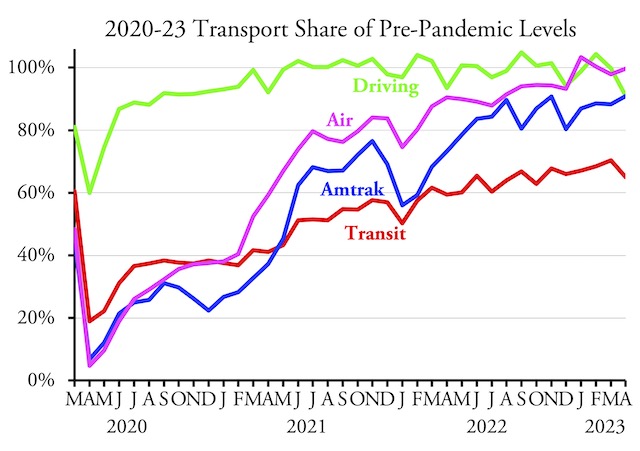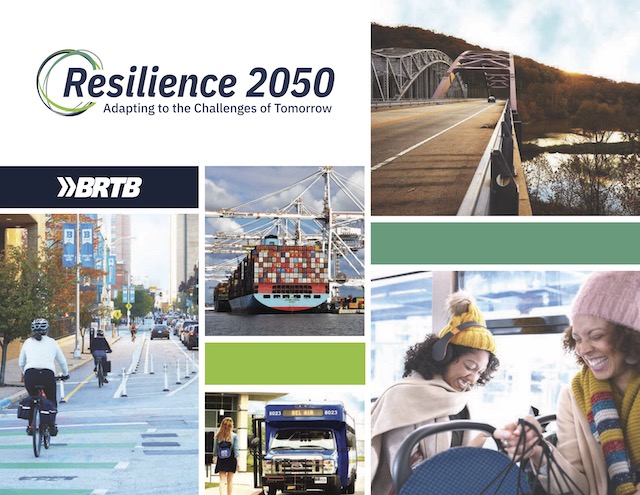Judging from the headlines, the electric vehicle market is booming. Tesla is now the second-highest selling auto in California. General Motors, Ford, VW, and other companies claim to have set targets to largely transition from petroleum-powered vehicles in a few years. Each week, it seems, new models are being introduced, including everything from subcompacts to giant SUVs and pickups.
Will electric vehicles free us or tie us down?
Still, the closer I look the more questions I have. In particular, are auto manufacturers (other than Tesla) really serious about making EVs? Will electric vehicles ever be more than a niche product? And are they really a cost-effective way of reducing greenhouse gas emissions? Continue reading


